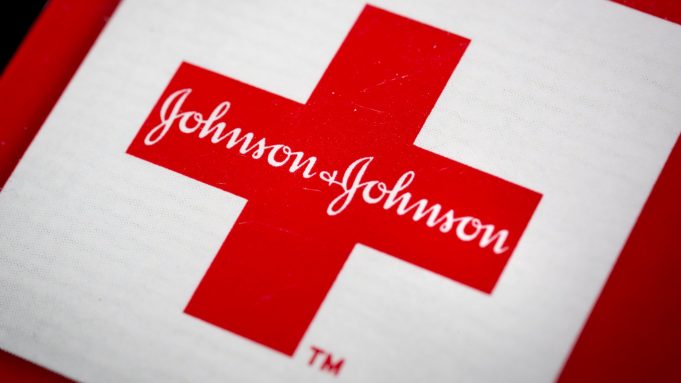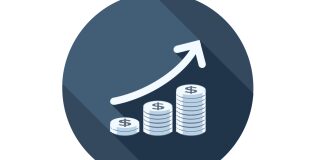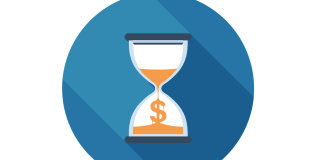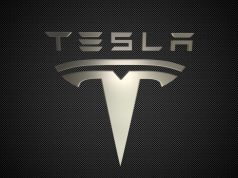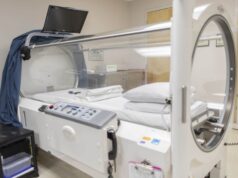This report provides the last five years revenues and revenue growth of Johnson & Johnson (JNJ) from 2012 to 2016. J&J generated a total of $71.9 billion revenues during 2016. J&J reported a revenue growth of 2.6% year-over-year during 2016. The revenues and the revenue growth correspond to the fiscal year ending in December.
J&J REVENUES FROM 2012 TO 2016
Here are the revenues and the revenue growth details of J&J during the last five years:
- J&J generated a total of $67.2 billion revenues during 2012. J&J reported a revenue growth of 3.4% year-over-year during 2012.
- J&J generated a total of $71.3 billion revenues during 2013. J&J reported a revenue growth of 6.1% year-over-year during 2013.
- J&J generated a total of $74.3 billion revenues during 2014. J&J reported a revenue growth of 4.2% year-over-year during 2014.
- J&J generated a total of $70.1 billion revenues during 2015. J&J reported a revenue growth of -5.7% year-over-year during 2015.
- J&J generated a total of $71.9 billion revenues during 2016. J&J reported a revenue growth of 2.6% year-over-year during 2016.

WHY ANALYZE REVENUE GROWTH?
Revenue growth is the most commonly analyzed financial metric. Revenue Growth is the percent increase (or decrease) of a company’s revenue between two time periods. It is computed by using the following formula: ((revenues during the time period two – revenues during the time period one) / revenues during the time period one)*100. If the time periods are two consecutive years, then the revenue growth is referred to as the annual revenue growth year-over-year. If the time periods are two consecutive quarters, then the revenue growth is referred to as the quarterly revenue growth quarter-over-quarter. If the time periods refer to the same quarter in the two consecutive years, then the revenue growth is referred to as quarterly revenue growth year-over-year. In case the time periods are two non-consecutive years, then the revenue CAGR (Commutative Annual Growth Rate) is computed.
Revenue growth analysis is important for a number of reasons. First, it helps in understanding how a business is performing. If the revenue growth rates are positive, it means the business is performing well and the revenues are increasing. If the revenue growth rates are negative, it means the revenues are declining and the company needs to take measures to increase them. If they don’t, the company will continue to shrink. Second, a company’s historical revenue growth analysis along with the market size and market share analysis helps in forecasting the future revenues of a company. Third, a comparison of a company’s growth rates with its competitors helps in determining who is winning more business. A revenue growth higher than the industry average translates into increasing market share. Companies with very high revenue growth rates have the potential to be the industry disrupters.
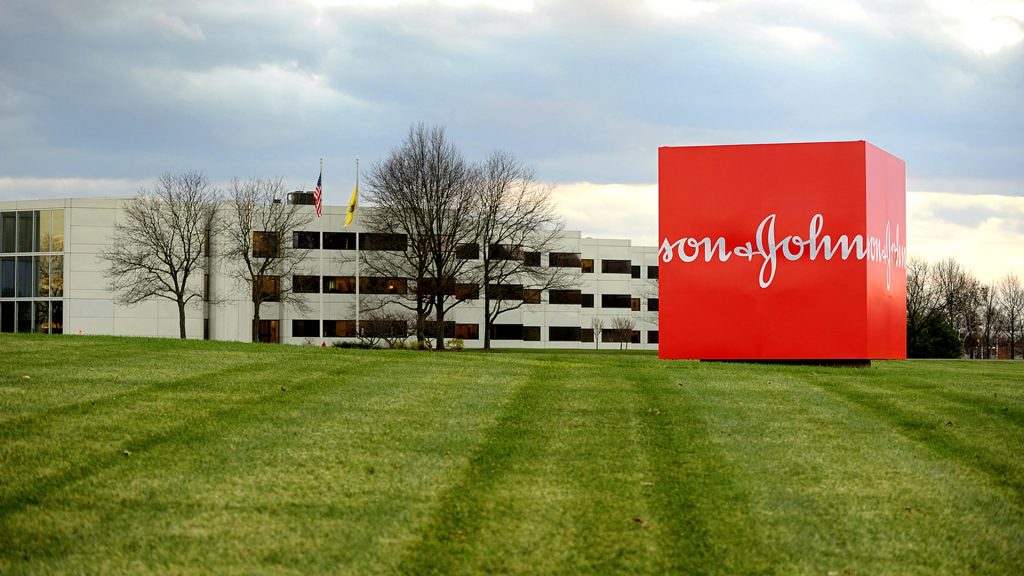
J&J RANKING
With $71.9 billion revenues, J&J ranked number 35 in the R&P Research list of top-3000 public companies in the US by revenues during 2016. Each one of the top-3000 companies generated more than $50 million of annual revenues during 2016.
The top-20 companies in the US by revenues during 2016 were:
- Walmart ($482.1 billion)
- ExxonMobil ($226.1 billion)
- Berkshire Hathaway ($223.6 billion)
- Apple ($215.6 billion)
- McKesson ($190.9 billion)
- UnitedHealth Group ($184.8 billion)
- CVS Health ($177.5 billion)
- General Motors ($166.4 billion)
- AT&T ($163.8 billion)
- Ford Motor ($151.8 billion)
- AmerisourceBergen ($146.8 billion)
- Amazon ($136 billion)
- Verizon ($126 billion)
- General Electric ($123.7 billion)
- Cardinal Health ($121.5 billion)
- Costco ($118.7 billion)
- Walgreens Boots Alliance ($117.4 billion)
- Chevron ($114.5 billion)
- Kroger ($109.8 billion)
- Express Scripts Holding ($100.3 billion)
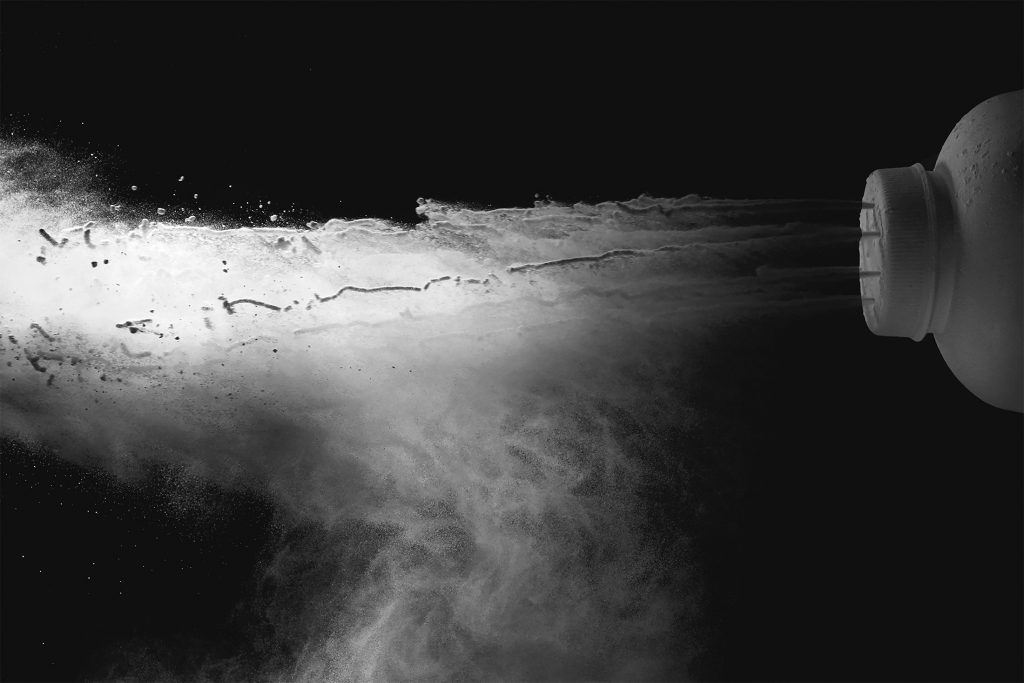
For the purpose of performance benchmarking of a company with a sector or industry average, R&P Research associates every company with one sector and one industry. An industry consists of companies with related/similar business models. A sector comprises of a group of related/similar industries. For high-level analysis purposes, related/similar sectors are grouped into sector groups.
For example, Healthcare sector group is comprised of Life Sciences sector and Healthcare Services sector. Life Sciences sector is comprised of following industries: Pharmaceuticals; Medical Devices; Biotechnology; Diagnostics & Scientific Instruments. Healthcare Services sector is comprised of following industries: Medication Stores, PBM and Distributors; Healthcare Payers; Healthcare Providers; Medical Software; Healthcare Research Services.
J&J is associated with Healthcare Sector Group, Life Sciences Sector, and Pharmaceuticals Industry.
With $71.9 billion revenues, J&J ranked number 9 of all the companies in the US Healthcare sector group. There were a total of 290 public companies in the US Healthcare sector group that had revenues greater than $50 million during 2016.
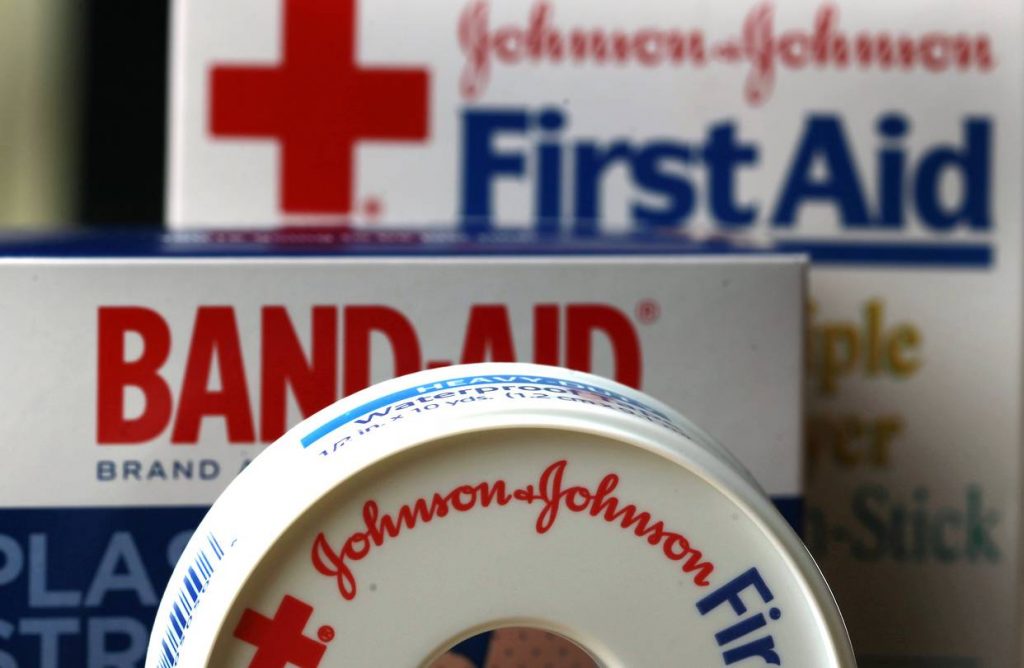
The top-10 companies in the US Healthcare sector group by revenues during 2016 were:
- McKesson ($190.9 billion)
- UnitedHealth Group ($184.8 billion)
- CVS Health ($177.5 billion)
- AmerisourceBergen ($146.8 billion)
- Cardinal Health ($121.5 billion)
- Walgreens Boots Alliance ($117.4 billion)
- Express Scripts Holding ($100.3 billion)
- Anthem ($84.9 billion)
- J&J ($71.9 billion)
- Aetna ($63.2 billion)
Healthcare sector group is comprised of the following sectors: Life Sciences; Healthcare Services.
With $71.9 billion revenues, J&J ranked number 1 of all the companies in the US Life Sciences sector. There were a total of 197 public companies in the US Life Sciences sector that had revenues greater than $50 million during 2016.
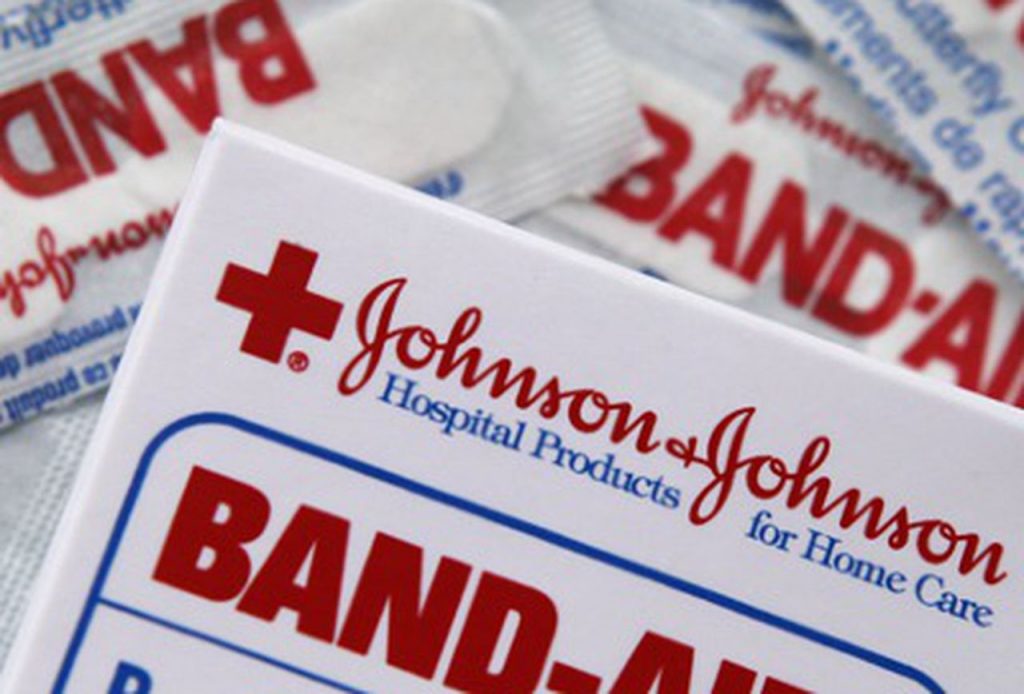
The top-10 companies in the US Life Sciences sector by revenues during 2016 were:
- J&J ($71.9 billion)
- Pfizer ($52.8 billion)
- Merck ($39.8 billion)
- Gilead Sciences ($30.4 billion)
- Medtronic ($28.8 billion)
- Abbvie ($25.6 billion)
- Amgen ($23 billion)
- Eli Lilly ($21.2 billion)
- Abbott Laboratories ($20.9 billion)
- Bristol Myers Squibb ($19.4 billion)
Life Sciences sector is comprised of the following industries: Pharmaceuticals; Medical Devices; Biotechnology; Diagnostics & Scientific Instruments. The definitions for each of the industries is as follows:
- Pharmaceuticals industry includes companies that discover, develop, manufacture, and market medicines licensed for use as medications. In general these companies offer pharmaceutical products that can be described as prescription or over-the-counter medicines. Many Pharmaceutical companies also offer a diverse portfolio of animal health products, services and solutions. Many diversified pharmaceutical companies operate in more than two operating segments like consumer health products, medical devices and pharmaceutical.
- Medical Devices industry includes manufacturers and distributors of medical equipments and medical supplies. Medical equipments include large scale capital equipmets such as X-Ray machines and MRI scanners and other nondisposable medical devices like stents and pacemakers. Medical supplies include makers of contact lenses, eyeglass lenses, bandages and other disposable products.
- Biotechnology industry includes Biotechnology product companies, subscription companies, and service companies. Biotechnology product companies offer pharmaceutical medication products that are manufactured in, extracted from, or semi synthesized from biological sources. Subscription-based companies develop genome databases, which can be used to develop medicinal products. Service companies offer solutions based on a common technology or generic tool of other large pharmaceutical or biopharmaceutical companies.
- Diagnostics & Scientific Instruments industry includes companies that provide testing products, diagnostic reagents, instruments and diagnostic services to aid in the detection and treatment of a wide range of diseases. It also includes molecular diagnostic and genetic testing companies that develop, manufacture, market and provide diagnostic tests, diagnostic systems and related products and services. Also included are companies that manufacture and market analytical instruments, equipment, reagents and consumables, software and services for research, manufacturing, analysis, discovery and diagnostics.

With $71.9 billion revenues, J&J ranked number 1 of all the companies in the US Pharmaceuticals industry. There were a total of 49 public companies in the US Pharmaceuticals industry that had revenues greater than $50 million during 2016.
The top-10 companies in the US Pharmaceuticals industry by revenues during 2016 were:
- J&J ($71.9 billion)
- Pfizer ($52.8 billion)
- Merck ($39.8 billion)
- Eli Lilly ($21.2 billion)
- Abbott Laboratories ($20.9 billion)
- Bristol Myers Squibb ($19.4 billion)
- Allergan ($14.6 billion)
- Shire ($11.4 billion)
- Mylan ($11.1 billion)
- Valeant Pharmaceuticals ($9.7 billion)
COMPANIES SEGMENTATION
To identify and analyze high/low growth or most/least profitable similar-size companies in different sectors or industries, R&P research classifies all companies into different segments based upon their revenues, revenue growth, and net profit margins.
Based upon their annual revenues, the companies are classified into one of the following four segments:
- Mega companies, having revenues greater than $50 billion.
- Very Large companies, having revenues between $10 billion and $50 billion.
- Large companies, having revenues between $1 billion and $10 billion.
- Mid-size companies, having revenues between $50 million and $1 billion.
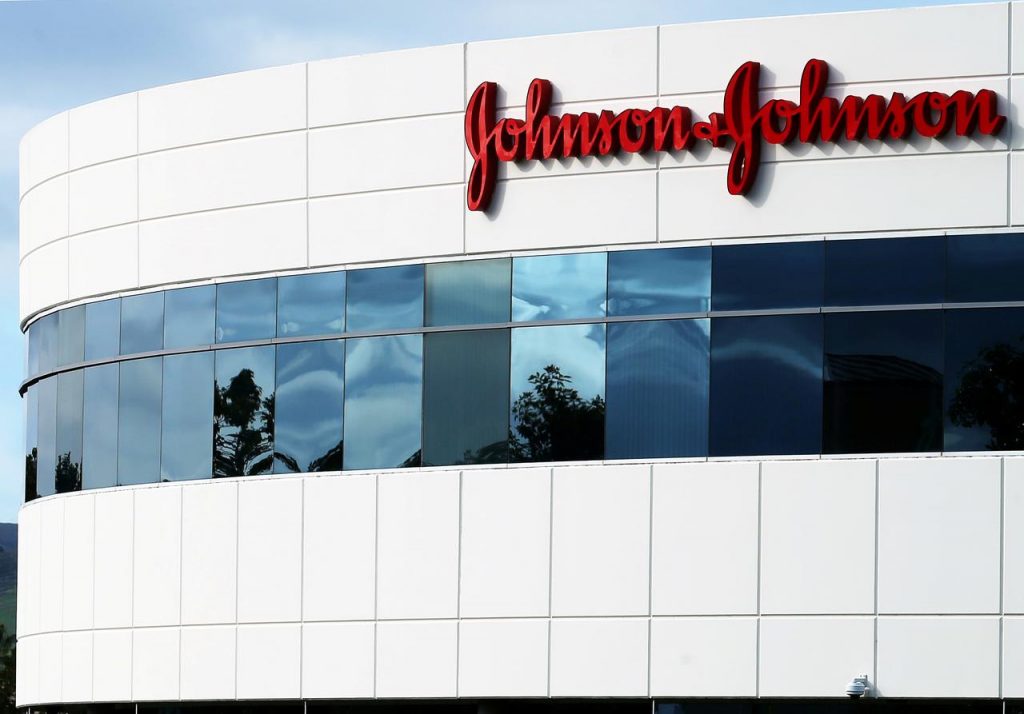
With $71.9 billion revenues, J&J was in the Mega companies revenue segment during 2016. There were a total of 54 companies in the Mega companies revenue segment during 2016.
Based upon their annual revenue growth, the companies are classified into one of the following eight segments:
- Very High positive growth companies, having annual revenue growth greater than 50%.
- High positive growth companies, having annual revenue growth between 20% and 50%.
- Medium positive growth companies, having annual revenue growth between 5% and 20%.
- Low positive growth companies, having annual revenue growth between 0% and 5%.
- Low negative growth companies, having annual revenue growth between -5% and 0%.
- Medium negative growth companies, having annual revenue growth between -20% and -5%.
- High negative growth companies, having annual revenue growth between -50% and -20%.
- Very High negative growth companies, having annual revenue growth less than -50%.
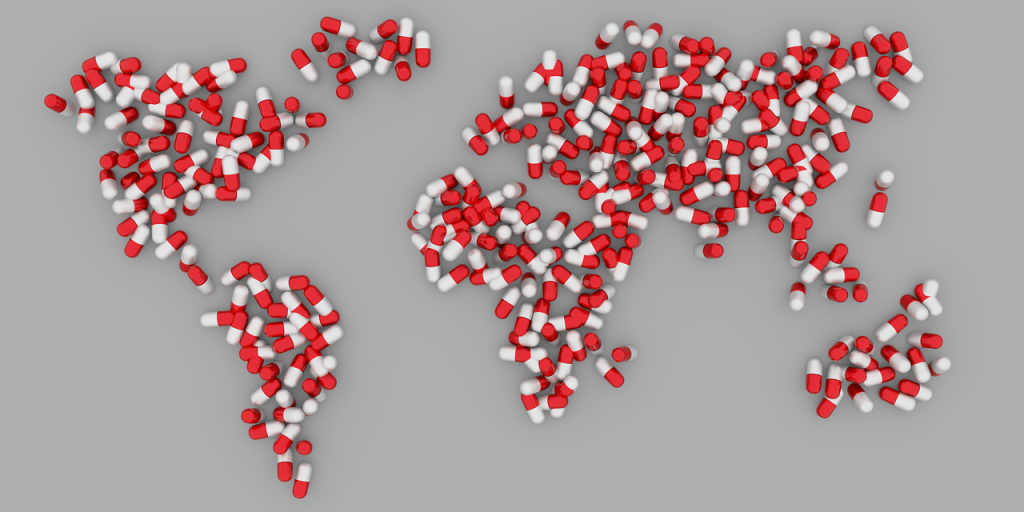
With 2.6% revenue growth year-over-year, J&J was in the Low positive revenue growth segment during 2016. There were a total of 593 companies in the Low positive revenue growth segment during 2016. Of the US top-3000 companies, 1985 (nearly two-third of the total) had positive revenue growth and 1015 (nearly one-third of the total) had negative revenue growth during 2016.
Based upon their annual net profit margin, the companies are classified into one of the following eight segments:
- Very High positive margin companies, having net profit margin greater than 50%.
- High positive margin companies, having net profit margin between 20% and 50%.
- Medium positive margin companies, having net profit margin between 5% and 20%.
- Low positive margin companies, having net profit margin between 0% and 5%.
- Low negative margin companies, having net profit margin between -5% and 0%.
- Medium negative margin companies, having net profit margin between -20% and -5%.
- High negative margin companies, having net profit margin between -50% and -20%.
- Very High negative margin companies, having net profit margin less than -50%.
With a net margin of 23%, J&J was in the High positive net profit margin segment during 2016. There were a total of 397 companies in the High positive net profit margin segment during 2016. Of the US top-3000 companies, 2244 (nearly three-fourth of the total) had positive net profit margin and 756 (nearly one-fourth of the total) had negative net profit margin during 2016.
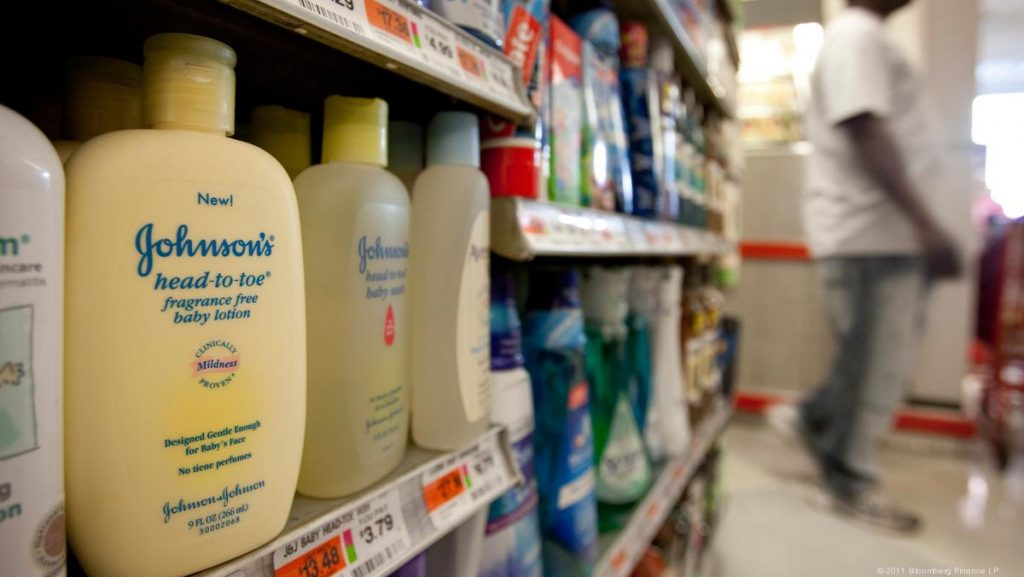
COMPANY BUSINESS SUMMARY
Johnson & Johnson, together with its subsidiaries, researches and develops, manufactures, and sells various products in the health care field worldwide. It operates through three segments: Consumer, Pharmaceutical, and Medical Devices. The Consumer segment offers baby care products under the JOHNSON’S brand; oral care products under the LISTERINE brand; beauty products under the AVEENO, CLEAN & CLEAR, DABAO, JOHNSON’S Adult, LE PETITE MARSEILLAIS, NEUTROGENA, RoC, and OGX brands; over-the-counter medicines, including acetaminophen products under the TYLENOL brand; cold, flu, and allergy products under the SUDAFED brand; allergy products under the BENADRYL and ZYRTEC brands; ibuprofen products under the MOTRIN IB brand; and acid reflux products under the PEPCID brand. This segment also provides women’s health products, such as sanitary pads under the STAYFREE and CAREFREE brands, and tampons under the o.b. brand; wound care products comprising brand adhesive bandages under the BAND-AID brand and first aid products under the NEOSPORIN brand. The Pharmaceutical segment offers various products in the areas of immunology, infectious diseases and vaccines, neuroscience, oncology, and cardiovascular and metabolic diseases. The Medical Devices segment provides orthopaedic products; general surgery, biosurgical, endomechanical and energy products; electrophysiology products to treat cardiovascular disease; sterilization and disinfection products to reduce surgical infection; diabetes care products that include blood glucose monitoring and insulin delivery products; and disposable contact lenses. The company markets its products to general public, retail outlets and distributors, wholesalers, hospitals, and health care professionals for prescription use, as well as for use in the professional fields by physicians, nurses, hospitals, eye care professionals, and clinics. Johnson & Johnson was founded in 1885 and is based in New Brunswick, New Jersey.
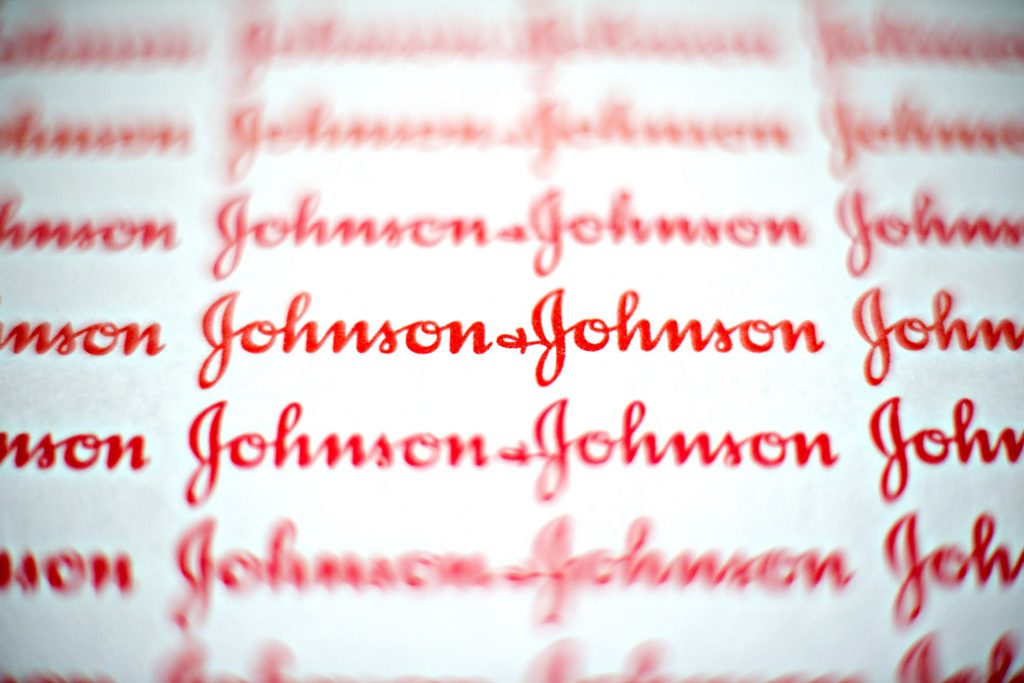
INDUSTRY PEERS AND COMPETITORS OF J&J
Pfizer (PFE) Business Analysis – Analyze Historical Performance, Strategic Priorities, And…
Pfizer Inc with $53 billion revenues in the year 2016 was the number 2 Pharmaceuticals company. Read this report to know the top competitors of Pfizer and identify growth and cost optimization opportunities of Pfizer
Merck (MRK) Business Analysis – Analyze Historical Performance, Strategic Priorities, And…
Merck & Co., Inc. with $40 billion revenues in the year 2016 was the number 3 Pharmaceuticals company. Read this report to know the top competitors of Merck and identify growth and cost optimization opportunities of Merck
Eli Lilly (LLY) Business Analysis – Analyze Historical Performance, Strategic Priorities,…
Lilly Eli & Co with $21 billion revenues in the year 2016 was the number 4 Pharmaceuticals company. Read this report to know the top competitors of Eli Lilly and identify growth and cost optimization opportunities of Eli Lilly
Abbott Laboratories (ABT) Business Analysis – Analyze Historical Performance, Strategic Priorities,…
Abbott Laboratories with $21 billion revenues in the year 2016 was the number 5 Pharmaceuticals company. Read this report to know the top competitors of Abbott Laboratories and identify growth and cost optimization opportunities of Abbott Laboratories
Bristol Myers Squibb (BMY) Business Analysis – Analyze Historical Performance, Strategic…
Bristol Myers Squibb Co with $19 billion revenues in the year 2016 was the number 6 Pharmaceuticals company. Read this report to know the top competitors of Bristol Myers Squibb and identify growth and cost optimization opportunities of Bristol Myers Squibb
Allergan (AGN) Business Analysis – Analyze Historical Performance, Strategic Priorities, And…
Allergan Plc with $15 billion revenues in the year 2016 was the number 7 Pharmaceuticals company. Read this report to know the top competitors of Allergan and identify growth and cost optimization opportunities of Allergan
REVENUES ANALYSIS
J&J (JNJ) Revenues And Revenue Growth From 2012 To 2016
This report provides the last five years revenues and revenue growth of Johnson & Johnson (JNJ) from 2012 to 2016. J&J; generated a total of $71.9 billion revenues during 2016. J&J; reported a revenue growth of 2.6% year-over-year during 2016. The revenues and the revenue growth correspond to the fiscal year ending in December.
PROFIT ANALYSIS
J&J (JNJ) Net Profit And Net Margin From 2012 To 2016
J&J (JNJ) Sales, Marketing, General & Administrative (SG&A) Spending Analysis From…
This report provides the last five years sales, marketing, general & administrative (SG&A;) expenses of Johnson & Johnson (JNJ) from 2012 to 2016. J&J; spent a total of $19.9 billion on sales, marketing, general, and administrative (SG&A;) activities during 2016. J&J; generated a total of $71.9 billion revenues during 2016. As a percentage of revenues, J&J; spent 27.7% of its total revenues on SG&A; activities during 2016. The SG&A; spending numbers are for the fiscal year ending in December.
J&J (JNJ) Cost of Sales (COGS) Analysis From 2012 To 2016
J&J (JNJ) Accounts Receivable (A/R) Analysis From 2012 To 2016
This report provides the last five years Accounts Receivable (A/R) analysis of Johnson & Johnson (JNJ) from 2012 to 2016. J&J; invested a total of $11.7 billion on accounts receivable during 2016. J&J; generated a total of $71.9 billion revenues during 2016. As a percentage of revenues, J&J; invested 16.3% of its total revenues on accounts receivable during 2016. The accounts receivable numbers are for the fiscal year ending in December.
J&J (JNJ) Inventory Spending Analysis From 2012 To 2016
This report provides the last five years inventory spending analysis of Johnson & Johnson (JNJ) from 2012 to 2016. J&J; invested a total of $8.1 billion on inventories during 2016. J&J; generated a total of $71.9 billion revenues during 2016. As a percentage of revenues, J&J; invested 11.3% of its total revenues on inventories during 2016. The inventory numbers are for the fiscal year ending in December.

